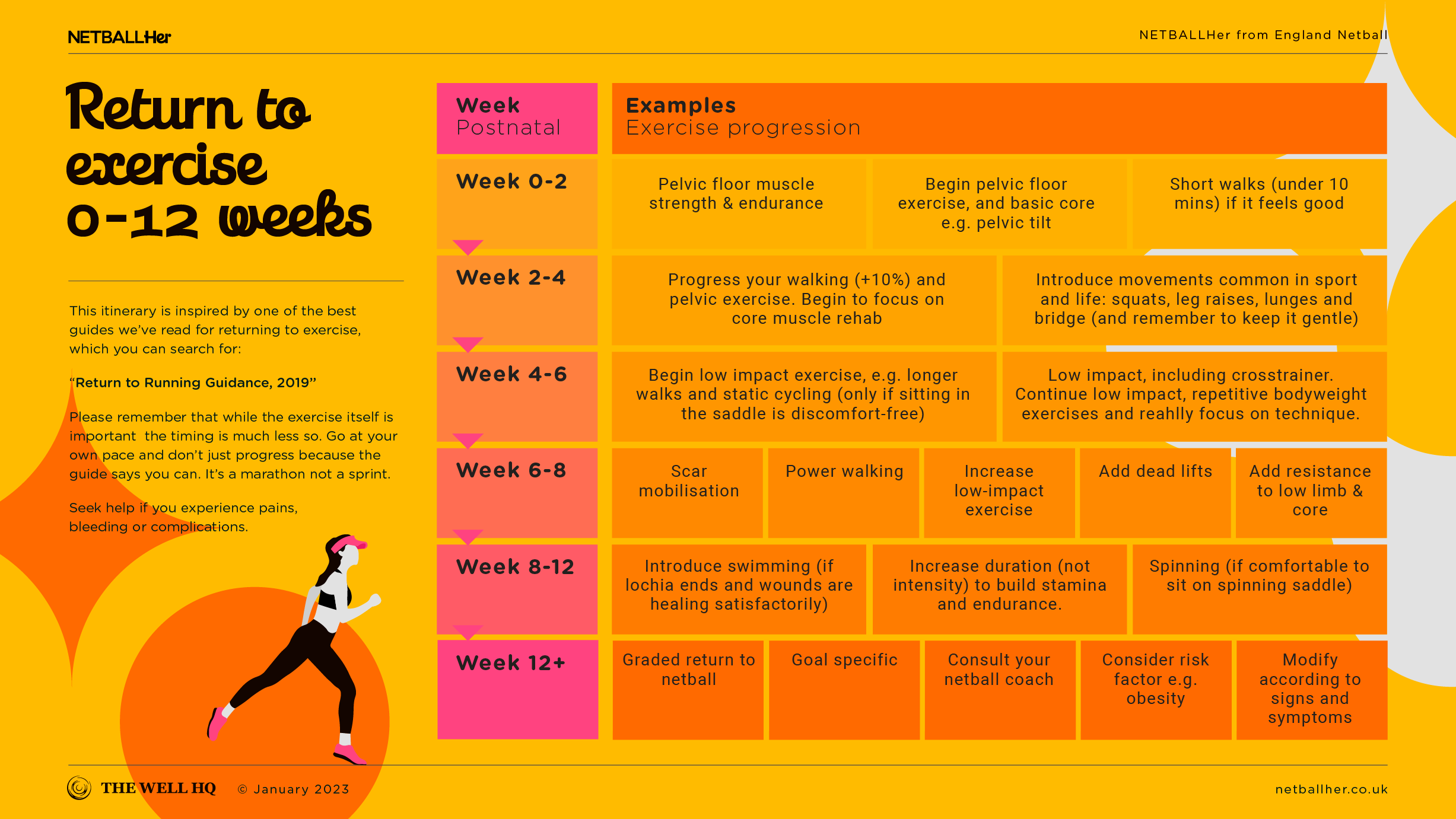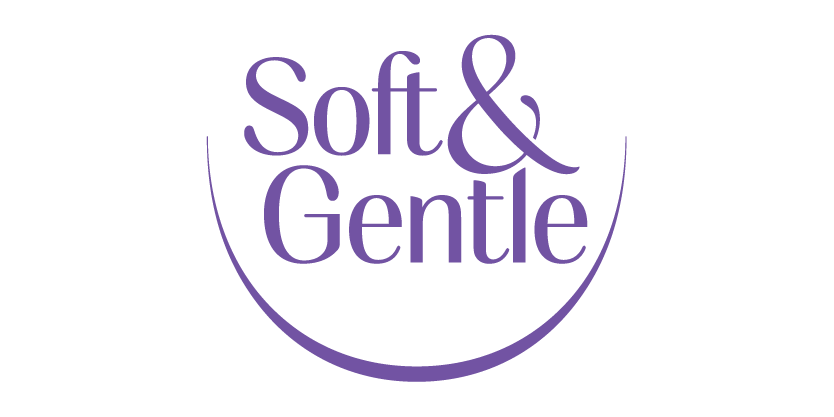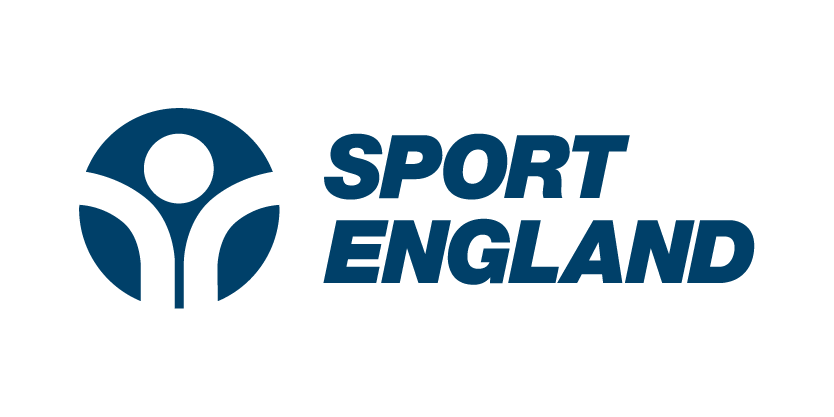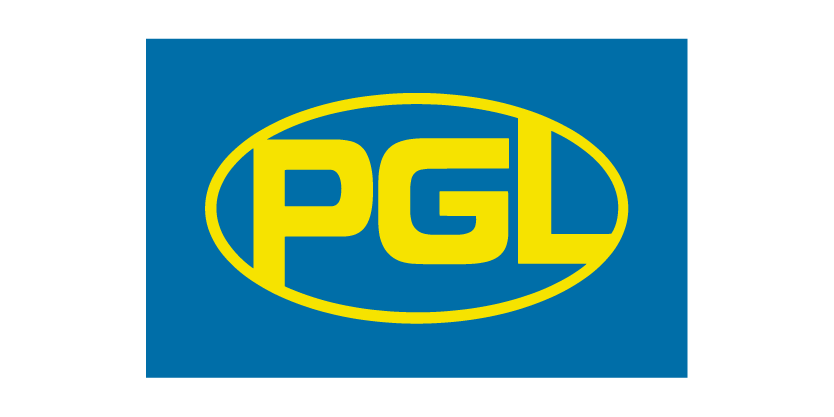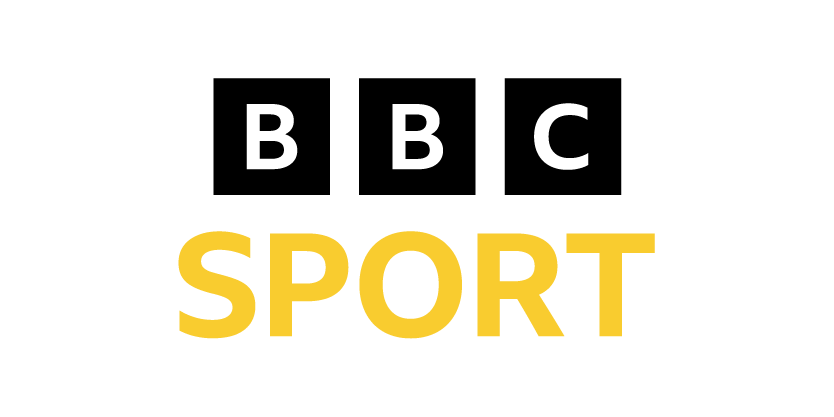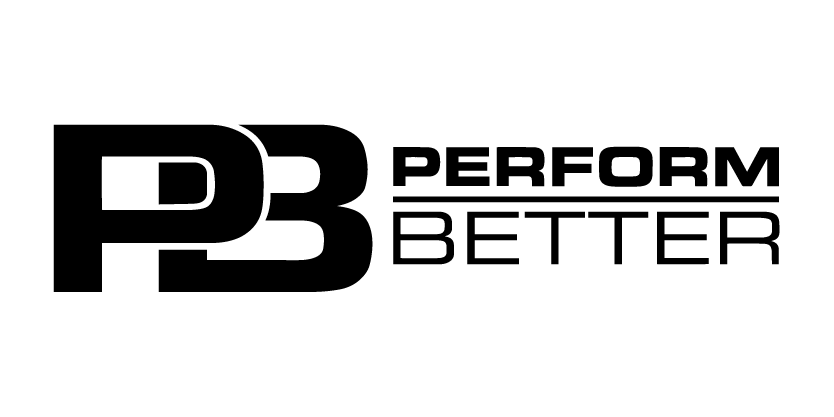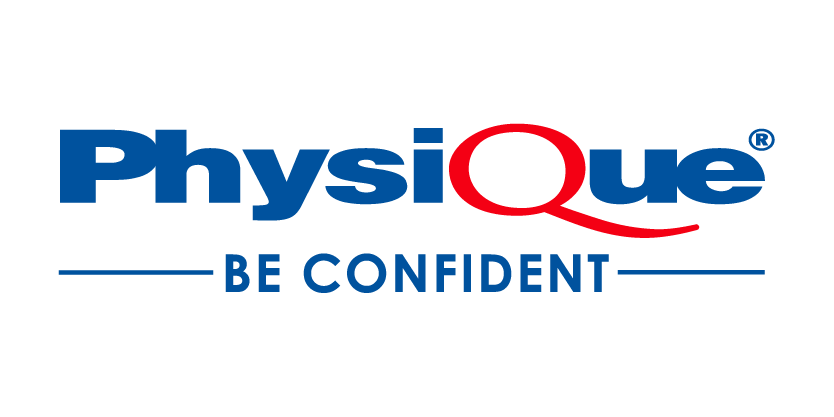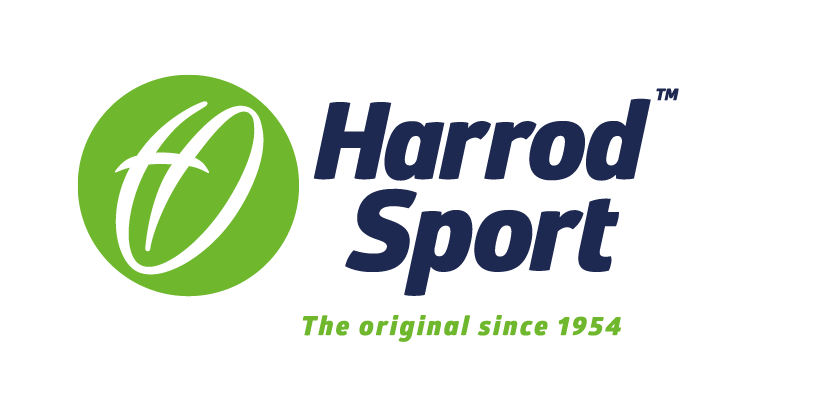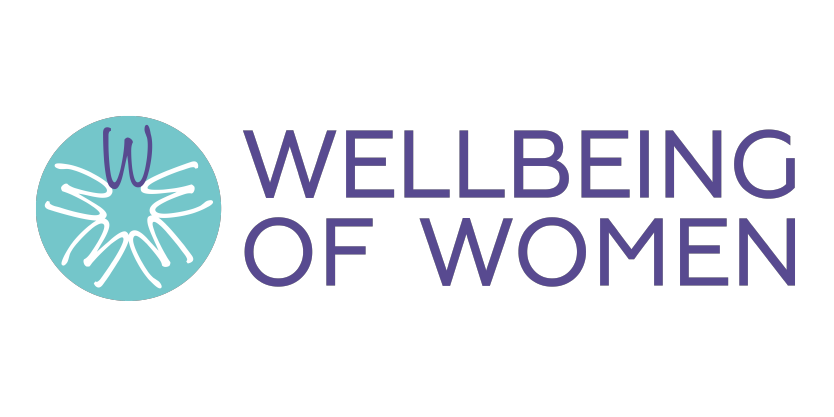Click play for an audio readthrough of this article
Some assume GP sign-off at six-weeks is a green light, but it’s probably not …
Often for the new mum, her coach, club and teammates, that moment where she gets back on court can’t come quickly enough …
But when discussing the ideal timeline to return, there’s no hard-and-fast rules except to say that it really is a process. It’s a marathon not a sprint. Caution, steadiness and patience are the keys to progress.
While there are too many variables in a new mum’s life to talk in absolutes around the right timeline to exercise, women are not advised to return to intense activity – such as, you guessed it, netball – any sooner than three months post-childbirth.
And even at the three-month-mark they’re advised to take it slow.
Individualised and sequential
As said, there are no rigid guidelines around postnatal return to exercise – every mum and her circumstances are completely different – but we do have a framework thanks to brilliant research published in 2019 when a group of physiotherapists set out to offer practical return-to-exercise advice to new-mum-runners.
The watchwords in returning to exercise are individualised and sequential. The approach must be built around each new mum (her health, her circumstances, her goals, her home life) and it’s recommended to phase in activity gradually.
It’s also worth mentioning that while there’s a lack of legacy research in this space, new evidence and papers are emerging. Nowadays, there are plenty of high-profile examples of females and athletes quickly returning to high levels of competition without any adverse side-effects.
That said, the athletes who have returned as such tend to be the elite of the elite. They have high-dollar help and support on-side that other sports and active women mostly can’t match. So for the majority of us the 2019 framework is the guide to go by.
Weeks 0 – 12
For a more detailed breakdown click here.
In the first three months post-childbirth, new mums need to concentrate on healing, recovering and building back strength, especially in the pelvic and abdominal areas.
Because the level of pain and trauma is quite unique to the individual, the 2019 guidelines are flexible – they scale up and down based on you and where you’re at. They’re also generous enough to work for anyone: gym goers, pro netballers and everyone in between.
More good news is that you can start this plan whenever you feel ready, especially the initial light exercises. Waiting until your six-week check before starting isn’t necessary.
The gradual addition of low-impact cardio exercise helps in a number of key ways. For starters, it means building up a level of fitness and reintroducing some of those mental-health-boosting endorphins. But it also means testing your body in a controlled way to expose pains and problems to work on.
Ideally, you’ll also have a Women’s Health Physio (WHP) on-side to support your return. A WHP is a fantastic resource to ensure you adjust exercise to where you’re at in your recovery, and they’ll help you determine when you’re ready to graduate to the next phase.
Sure, not everyone can lean on a WHP but that’s okay. So long as you are tuned into how you feel, and don’t have fixed ideas or expectations around your timeline, you can work from a rule-of-thumb as so:
- If it feels OK then continue
- If it doesn’t feel OK then stop and seek advice
Week 12+
The first 12-week block focuses mostly on healing and regaining day-to-day function in key muscle groups. Those initial weeks are about building in strength and gradually getting used to activity again. Without firming these fundamentals, intensive work can easily result in pain, setbacks and injury.
Ideally, you’ll have some support (from a team or a WHP, say) to help you decide if you’re ready to move onto this second block. Access to professional support is particularly useful because outsiders may offer a more objective opinion on your physical and mental state.
We know not everyone will be able to access professionals, so if you’re about to cross the threshold back into impact exercise you need to be realistic in how demanding your training / sport will be and therefore what exactly it is you need your body to be and do.
In other words, play the tape forward.
In netball there’s contact and there’s impact. There’s jumping, landing, stretching, turning and jerking. There are bumps. The body needs to be prepared for all the above and have a baseline level of strength, agility and mobility.
Basically, don’t underestimate your sport and don’t overestimate your body. We always recommend new mums take it slow and adjust the plan (and timetable) with caution in mind.
The situation on the ground
These recommendations are based on credible evidence, but they’re not widely known or implemented. Returning to exercise is often viewed as a race and social media is bulging with stories of new mums returning to exercise in a handful of weeks. In many ways, a swift return is worn like a badge of honour.
But returning to sport after childbirth is kind of like coming back from an injury. If you rush it you risk further and greater damage. In fact, a recent sports research study reveals that a key regret among new-mum-athletes is that they came back to sport too soon, with many saying they felt pressurised to rush it.
A full recovery from pregnancy and childbirth can take a whole calendar year so, really, if you’re a new mum, or soon will be, then patience and self-care are your primary objectives. Your health and body have to stay in front of everything for the sake of you and your new gig at home.
Sure, social media hype, other people’s opinions and the lure of short-term sporting goals are seductive, but your aim is to return to training in a way that’s safe, sustainable and enjoyable.
Slow and steady – good luck.
As a reminder, the content of the course belongs to The Well HQ. You have permission to access and use the content yourself or, if you are an organisation, for the number of users selected, but are not otherwise permitted to share such content with others, all in accordance with our Course Terms and Conditions.

